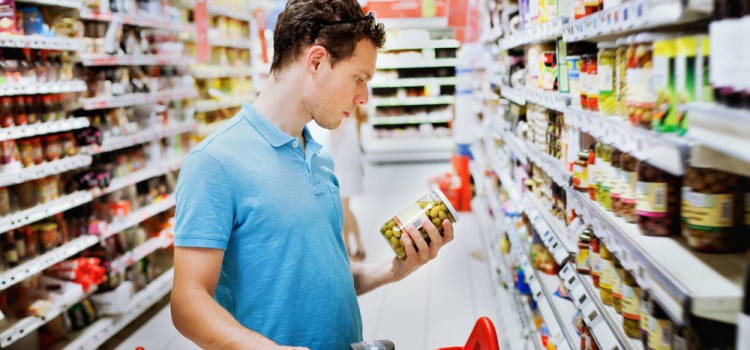It’s the tiniest print that you mostly overlook. But reading your food labels carefully will do your body -and your family -a great service. While it’s not easy to avoid processed foods entirely, you can at least pick the ones that are relatively healthier than the rest .But how do you tell the difference?
There are definite heroes and villains in the supermarket landscape hiding in plain sight. Some hide under the cloak of long, scientific names. Spot them and drop them. There’s a school of thought that says that if you can’t pronounce them, you shouldn’t eat them. That’s probably not a bad idea.
But, given the plethora of ingredients, if you had a choice, what would you definitely eliminate? I’d recommend giving a permanent send-off to the following bad boys:
HIGH FRUCTOSE CORN SYRUP (HFCS)
HFCS is cheaper to make than sugar, and is therefore used widely as an ingredient to sweeten your favourite snack or store-bought dessert. It’s bad for you. I don’t know what’s more worrying: HFCS’s obvious sugar content, or its linkages to inflammation, obesity, heart disease and diabetes, or the fact that it doesn’t allow your body to correctly process its signals of satiety which means that eating HCFS products could lead to overconsumption. In other words, thanks to this ingredient, you are eating more calories than you actually consume.
MONOSODIUM GLUTAMATE (MSG)
Just don’t. MSG has been linked to Alzheimer’s disease, Parkinson’s disease and Lou Gehrig’s disease as well as migraines, tiredness, depression, heart arrhythmias and the destruction of your brain cells. And it’s not just found in processed foods. As MSG is actually an ingredient similar to salt in its flavour profile, it is used to season Asian foods. Ask for no MSG when ordering, and definitely give it a miss when buying.
ASPARTAME, SUCRALOSE, SORBITOL
All of these are artificial sweeteners and can be found in diet drinks, chewing gum and a host of low-calorie products. Artificial sweeteners are associated with brain cancer how’s that for starters? Migraines, memory loss, nausea, dizziness, joint pain and fat storage are also attributed to them. It seems a bit ironic that artificial sweeteners in `diet’ drinks encourage you to store more fat. But you can be sure that they do.
ARTIFICIAL COLOURING
Many foods -especially children’s foods -have artificial colouring. It’s what makes the drink so red, the muffins so blue or the chips so inviting. Either way, these food dyes have a host of health risks. To be more specific, when you look at the label, look for Red 40, Yellow 5, Yellow 6 and Red 3, all of which are linked to cancer.
Like it or not, just because an ingredient’s link to a disease has been established, it doesn’t mean it’ll be off the shelves. Aspartame, for example, was banned by the American FDA a record eight times before it was finally accepted, despite overwhelming research that it had serious side effects. Food dye Red 3’s link to cancer is widely known, but it’s still available in products. Unhealthy is not always illegal. Whatever you do, keep reading not just the labels but also keep doing your research on additives, oils, sodium and more.
Be label conscious, and wear the mantle of good health.




Comments are closed.